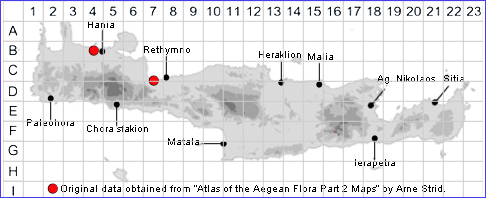SPECIES DESCRIPTION
LOTUS TENUIS
Family and Genus:- See- LEGUMINOSAE/Sect. LOTUS
Common Names:- Narrow-leaved birdsfoot-trefoil
Homotypic Synonyms:- Lotus corniculatus subsp. tenuis, Lotus corniculatus
var. tenuis, Lotus corniculatus proles tenuis.
Meaning:- Lotus (Gr) The ancient name for various leguminous plants.
Tenuis (L) Persisting, tenacious, slender, thin, fine.
General description:- Annual.
Stems:-
1) 20-90 cm, glabrous or sparsely pubescent.
Leaves:-
1) Leaflets, 5-15 x 1-4 mm, linear or linear-lanceolate.
Flower:-
1) Heads, 1- to 4(-6)-flowered.
2) Calyx-teeth, equal, usually shorter than the tube.
3) Corolla, 6-12 mm, yellow, often becoming greenish on drying.
a) wings obovate-oblong.
Fruit:-
1) Legume, 15-30 x 2-2·5 mm.
Key features:-
1) Leaflets of upper leaves linear or linear-lanceolate, at least (3-)4 times as long as
wide.
2) Calyx-teeth, usually shorter than the tube.
3) Corolla, often becoming greenish on drying.
Habitat:- Saline coastal habitats, seasonally wet spots in dry open shrubby
vegetation, marshy places by springs and small streams. 0-600 m.
Distribution:- Throughout mainland Greece, Peloponnisos and Ionian Islands. -
Widespread in Europe, the Mediterranean region, and SW Asia. Rare on Crete,
currently known from only two locations in the NW.
Flowering time:- Apr-June.
Photos by:- Courtesy of Wiki-Commons

